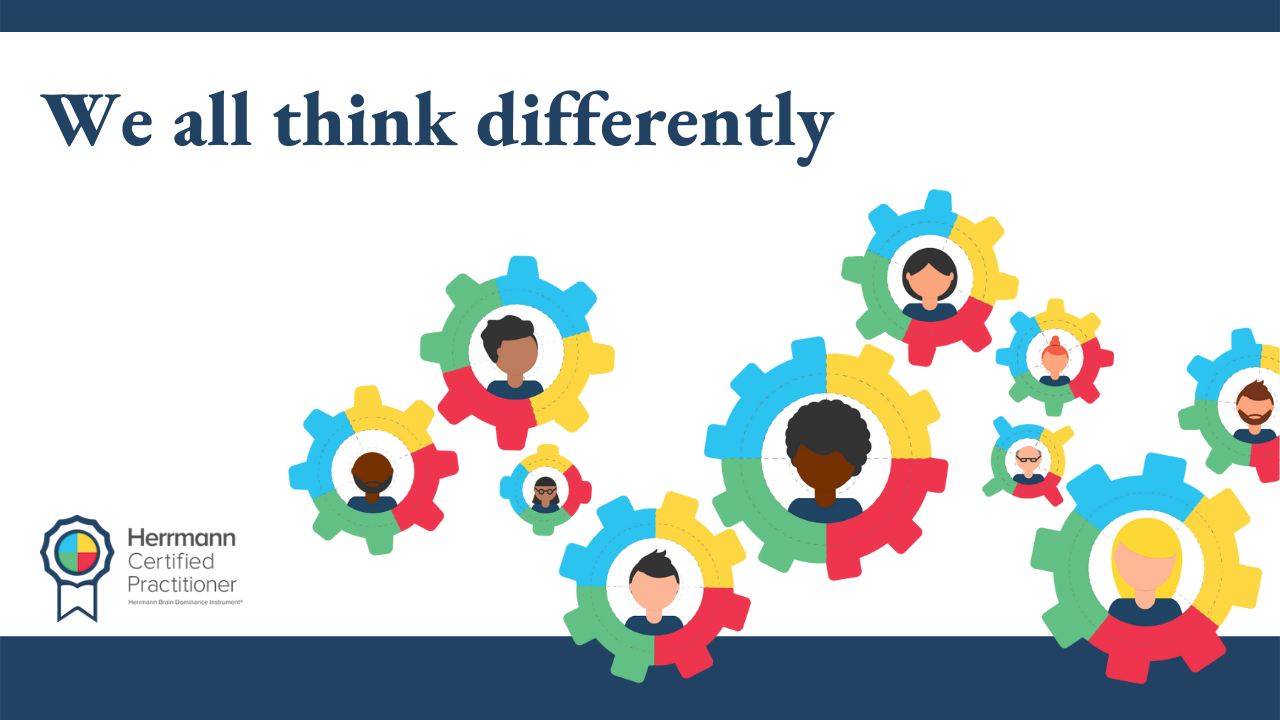In the knowledge gap hypothesis, people with greater socioeconomic status are more likely to absorb information from the media quickly, while people with low socioeconomic status are less likely to do so. As a result, these two sections of society are becoming increasingly ignorant of each other.
Professionalism, skills, and knowledge are all factors that contribute to the knowledge gap. Whenever an organisation’s current strength does not meet its needs, this can cause an imbalance. One of the biggest obstacles to achieving successful business goals is the gap in skills and knowledge.
Whenever an employee does not possess the knowledge required to do their job, they suffer from the knowledge gap. Consider changing the wheel of a vehicle as an example of a simple task. There can be a gap in information when it comes to the idea that cars have wheels.
In what ways does the knowledge gap hypothesis apply in the workplace?
The knowledge gap can be defined as the gap between what employees know and what they need to know. There is no magic formula for it. As a result of unplanned information delivery, staff disagreements and unsuccessful training, this is the result of serious and deep business problems.
Knowing where knowledge gaps exist at work is one of the most effective ways to minimise risk and ensure the growth of the company.
Learning and development (L&D) is a crucial element of company growth. The world is experiencing unprecedented change, and there is always something new to learn and adapt to. Achieving goals and increasing opportunities requires consistent identification of information and delivery.
Through a well-designed learning and development system, you can boost each employee’s performance and improve the company’s growth.
What are the effects of the knowledge gap analysis in the workplace?
Analysing your company’s knowledge gap involves comparing current performance with anticipated performance. This analysis can help companies find out what knowledge gaps they have by creating and implementing a customised feature.
In fact, analysing gaps can help companies plan for their future goals, by highlighting what they can do to accomplish them. Through gap analysis, we can build a training program to bridge the knowledge gap.
Regular knowledge gap analyses allow you to be flexible and improve your company’s performance on all fronts.
In order to close the knowledge gap analysis, what are the four steps?
The first step. Determine what you want to accomplish:
Make a list of the things you would like to see changed in your company, or describe your aspirations accurately. Establish SMART goals that are specific, measurable, achievable, realistic, and time-bound.
The second step. Perform an assessment of current performance:
Take a moment to consider what your company is doing at the moment. What are the conflicts between your current performance and what you would like to do? Check which of your SMART goals are currently not aligned with your current features?
The third step. Explore growth opportunities:
In order to achieve your goals, you need to close gaps. Are you prohibited from going there by a lack of skills or common knowledge? Take the time to figure out why you don’t perform as well as you would like, and how you can change that.
The fourth step. Plan your approach:
Identify the gaps and devise a plan to fill them in. In that case, L&D can be of great help. Building a step-by-step plan will set you up for success, whether you are looking at leadership development, talent identification, or team building. It has been said that 93% of employees are likely to stay longer if the company invests in their work. So, developing a flexible continuity plan specifically for them may impact their retention.
Knowledge gap analysis can be performed using Whole Brain Thinking® and HBDI®.
As an assessment tool, the Hermann Brain Dominance Instrument (HBDI) helps determine how the preferences of the brain relate to other aspects of the working environment. The HBDI® is a tool that has been used before and is designed to increase employee efficiency and effectiveness by allowing employees to discover their strengths. Using the HBDI® tool, the caller is evaluated on their ability to balance their preferences as a means of improving performance, making better decisions, and solving problems in an efficient manner.
The Knowledge Gap Analysis Tool (HBDI®) can be used to analyse the knowledge gap in your organisation. You can close potential gaps in your team’s success by determining what kind of thinkers your employees are and appreciating their diversity of ideas.
Through Whole Brain® thinking, you can develop your talent through strategic collaboration and empower your people in a way that fits their thinking style. You can direct employees’ needs to align with your company’s goals by using HBDI® to motivate and retain highly performing employees.
Your organisation will be successful if you use your thinking to fill in the knowledge gaps and build a strong and well-aligned teams.














